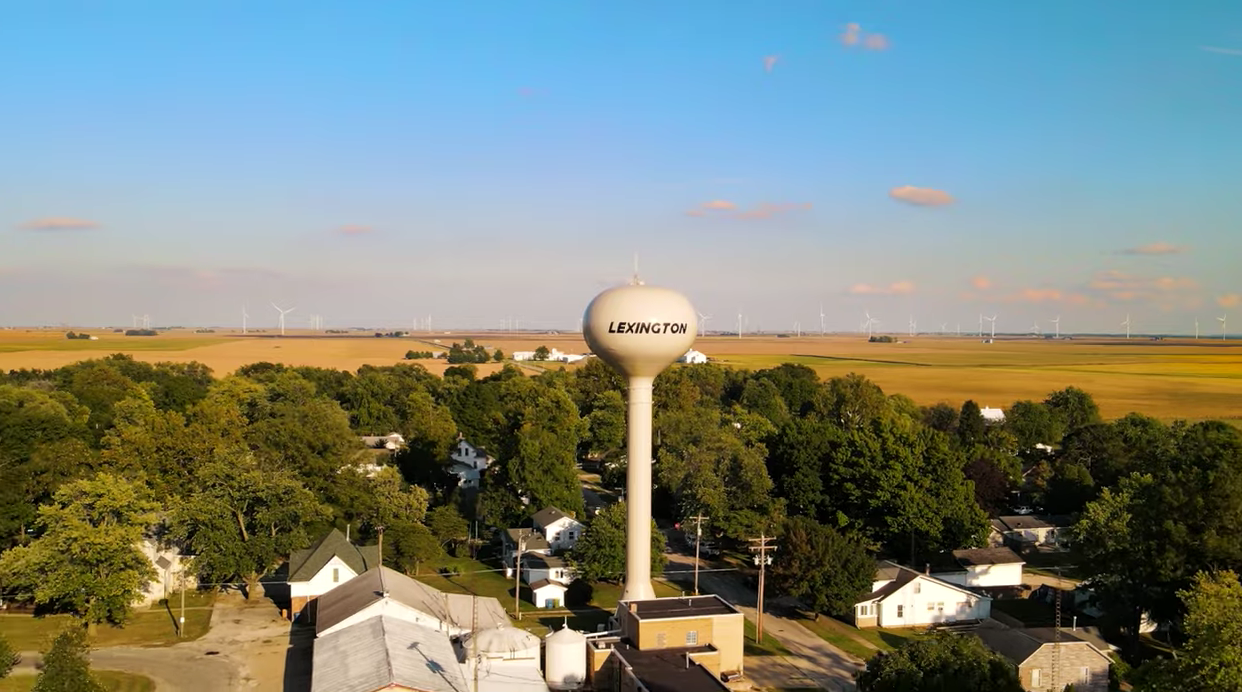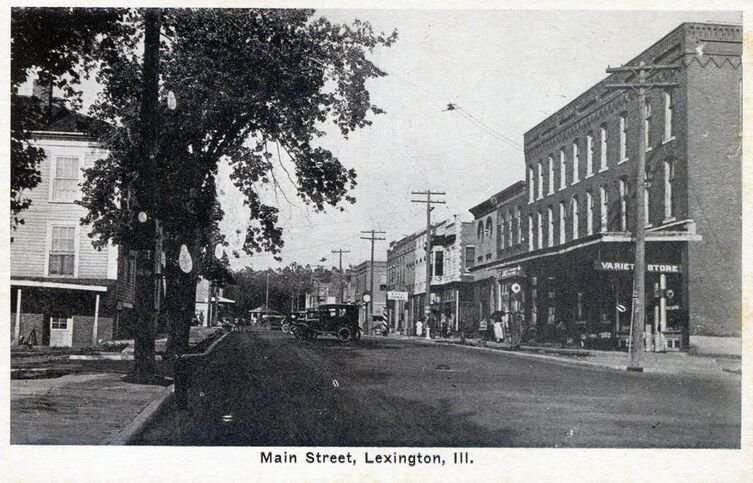
Patton Cabin
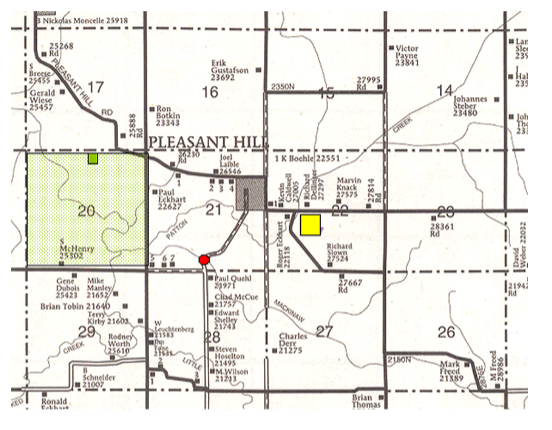


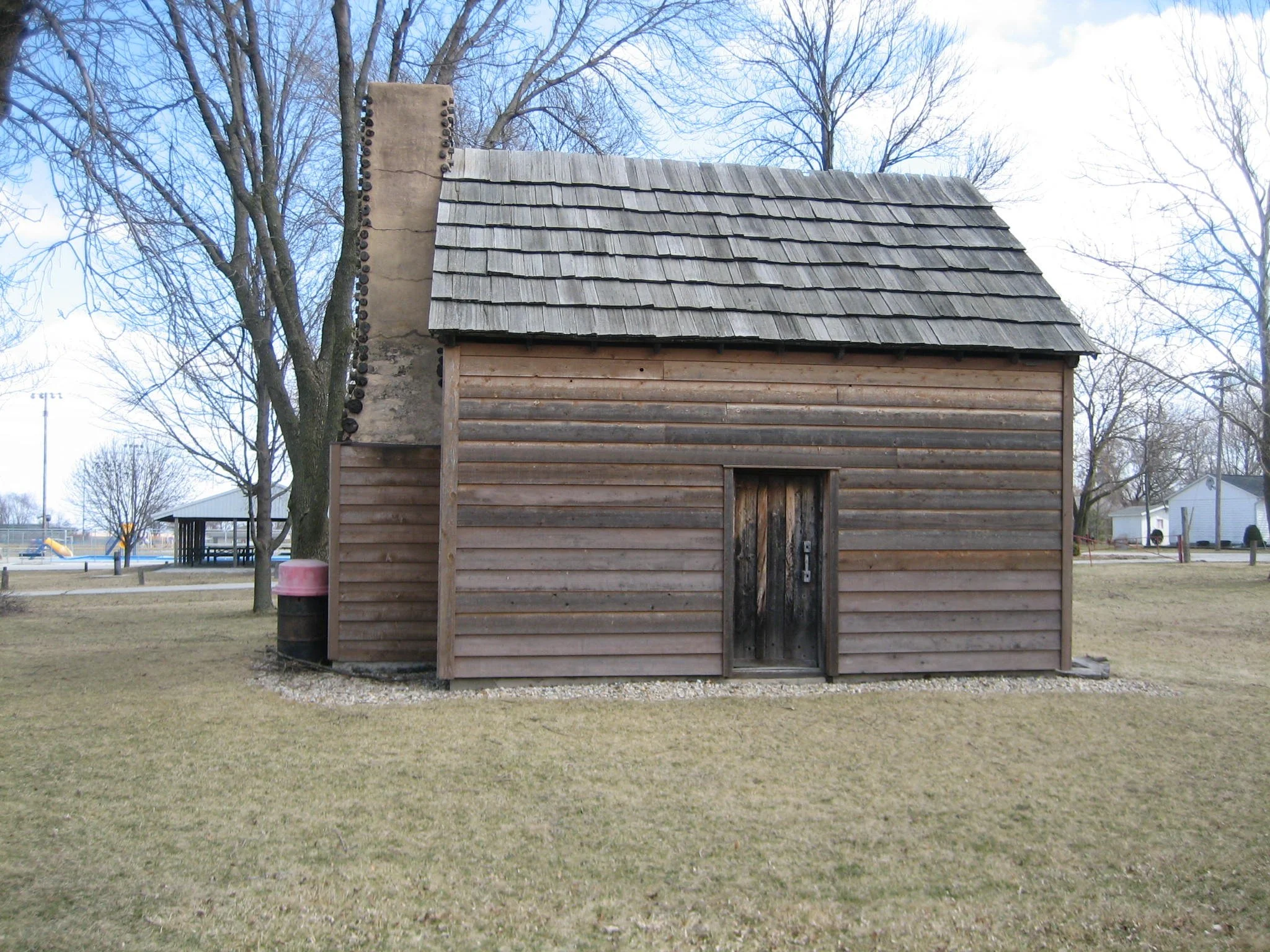
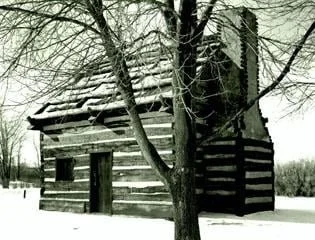

Patton Cabin: A Window Into Illinois’ Pioneer Past
Tucked in the heart of Lexington, Illinois, the Patton Cabin stands as the oldest surviving structure in McLean County—a relic of frontier ingenuity, community spirit, and early settler resilience. Originally constructed in 1829 and relocated for preservation in the 1960s, this humble log structure is far more than timber and nails. It’s a testament to the families who braved the untamed Illinois prairie, the friendships they formed, and the land they helped shape.
A Journey West: The Haner Wagon Train
The story begins in the spring of 1828, when John Haner Sr. sold his land in Fayette County, Ohio, and headed west with his extended family. They were among the earliest settlers to claim land in what would become Lexington Township, arriving years before the town was founded.
The group was large and multigenerational: William Haner and his wife, Rev. John Haner and wife Eliza (along with her mother, Margaret Kirkendall), and several grown daughters—Kate, Phebe, Mary, and Elizabeth—who had married and started families of their own. They settled across several sections of land near the Mackinaw River, constructing crude log shelters using the timber of the nearby Mackinaw Timberlands.
Jacob Haner and his wife Sarah Flesher arrived later that year, traveling with Sarah’s parents and their newborn daughter, Elizabeth. These families laid the foundation for a growing prairie community defined by mutual aid, hard work, and enduring roots.
Constructing the Patton Cabin
In the spring of 1829, the John and Margaret Patton family joined the settlement. With the help of their neighbors and local Kickapoo and Delaware Indians, the Patton family built what is now known as the Patton Cabin. It was raised near the banks of Patton Creek and the Mackinaw River, in section 22 of Lexington Township.
The collaboration between settlers and Native Americans wasn’t just practical—it was foundational. Together, they built homes, cleared land, raised children, and, in time, constructed churches, schools, and a grist mill. Their shared labor gave rise to one of McLean County’s earliest communities, rooted in the kind of cooperation and perseverance that defined frontier life.
Legacy of a Frontier Family
The baby born just before that first winter, Elizabeth Haner, would grow up in the shadow of these early cabins. She later married Croghan Dawson and spent her life in the same region her family had helped settle. Her descendants, along with those of the Patton family, continue to preserve the stories and spirit of those early days.
In the 1960s, the Patton Cabin was moved into Lexington’s Keller Park to preserve its structure and share its story with the public. Today, it serves as a living history site, offering tours, period artifacts, and annual open house events.
Why Here? Why Then?
It’s easy to wonder why families like the Haners and Pattons chose to settle in the remote central Illinois timberlands of the 1820s. A glance at early Illinois maps offers some clues.
Southern and western Illinois were settled first, thanks to the trade routes of the Mississippi, Ohio, and Wabash Rivers. The first state capital, Kaskaskia, was located on the Mississippi. These waterways had long been used by the French, British, and Indigenous nations for travel, trade, and war.
By contrast, the central and northern parts of the state remained largely unsettled through the early 1800s. As land filled up in southern Illinois, settlers from Ohio, Indiana, and Kentucky turned their eyes to the open prairie, and Lexington Township was ideal. The Mackinaw timberlands offered both timber and open prairie, a rare and desirable combination. The area was also seen as relatively healthy compared to the more densely wooded eastern states, where malaria was rampant.
Additionally, most Native American communities in central Illinois at the time were peaceful and, in many cases, helpful to settlers. This created a unique environment where cooperation was possible, and families like the Pattons could build lasting homesteads.
The Land Around the Cabin
The original Patton Cabin was raised in the northeast corner of the southwest quarter of section 22 in Lexington Township. The creek that bears the Patton name winds through the area, offering fresh water, mill power, and fertile soil. Just to the west, in section 20, lay what was once the heart of Native American land in the Mackinaw Timber. A small cemetery known as Indian Field still marks the resting place of some Native remains and early settler graves.
Nearby, the “Rainbow Bridge” crossing over the Mackinaw River became a vital point of travel and commerce, and one of the earliest bridges built in the region. The entire landscape tells a story of early settlement—of finding not just land, but a new home.
Preserving the Past
Today, the Patton Cabin is open to the public during the annual Route 66 Red Carpet Corridor event, hosted by the Patton Cabin Committee. Located at 810 North Cherry Street in Lexington’s Keller Park, the cabin features live demonstrations and activities that transport visitors back to the 1820s.
With hand-hewn logs and original architectural details, the cabin is a powerful symbol of what early Illinois settlers endured and what they built. It reminds us that behind every historic structure is a network of families, friends, and quiet determination.
So when you walk through the Patton Cabin, you’re not just stepping into a building, you’re stepping into a story. A story of exploration and settlement, hardship and hope, and a prairie community that still remembers its roots.
Find QR Codes on Lexington Landmarks
Around town, you’ll find signs with a QR code linking to a history of each of these iconic Lexington landmarks featuring images and information provided by The Fort Historical and Genealogical Society. Make sure to stop by, or click below to read more about Lexington’s history as told through these landmarks. was lank

Presidential Visits. Supreme Court Cases. Railroads. Route 66.
Established in 1836.
